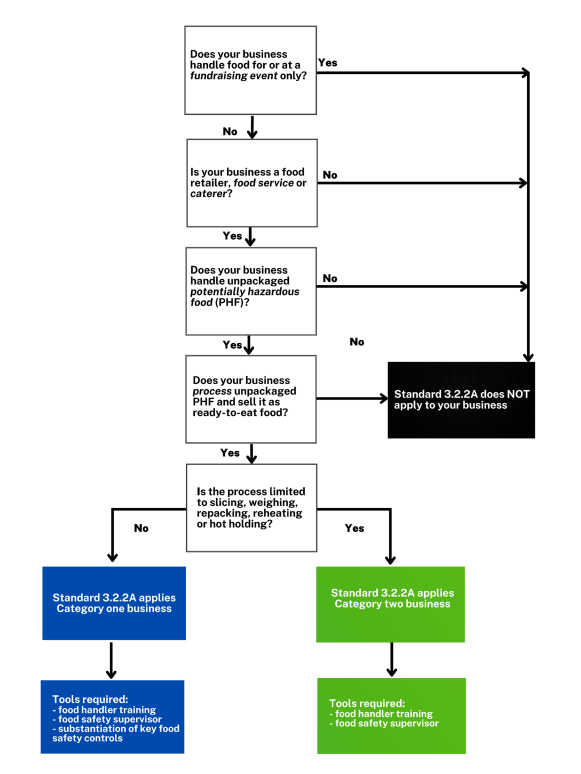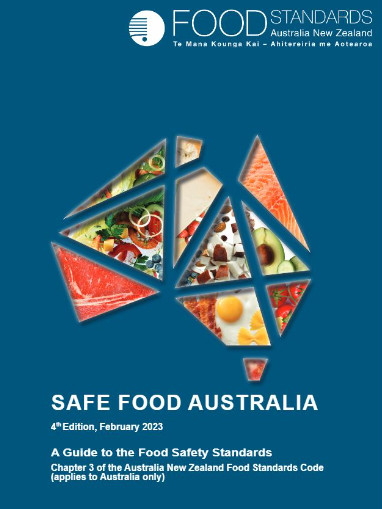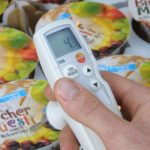Ensure a safe food environment wherever you go.

Why Food Safety Standards?
According to Australian Institute of Food Safety each year an estimated 4.1 million cases of food poisoning are reported in Australia. This results in over 31,000 hospitalisations, 1 million visits to doctors and 86 deaths. It’s also costing Australia alone $2.44 billion per year. Just a reminder how important food safety really is.
Then you ask yourself: “Why do we need food safety standards?” These guides obligate food businesses to produce food that is safe to eat and ensure hygiene systems are in place when handling food.
Updated Food Safety Standards – Standard 3.2.2A
Food Standards Australia New Zealand (FSANZ) has updated Safe Food Australia and incorporated the new Standard 3.2.2A Food safety management tools, which comes into effect in December 2023. The updated guidance for local government and food businesses will strengthen food safety in the food service and retail sector to benefit consumers and protect public health and safety. It’s not only businesses that have an obligation to serve safe food. We are all working with food on a daily basis and are responsible to ensure the food we are dishing up is safe & suitable to eat.
Health & Hygiene tips when handling food

- Always wash your hands with soap at least 20 seconds and dry them thoroughly before working with food.
- To prevent cross-contamination wash your hands after touching raw meat, poultry, seafood or eggs.
- Tie your hair back, remove loose jewellery, cover open sores. Don’t touch your phone while working with food.
- Use tongs or gloves to touch ready-to-eat food don’t use bare hands.
- Always wear clean clothing and aprons when working with food.
- Don’t sneeze, cough or blow your nose over surfaces where food is prepared.
- Don’t smoke while working with food.
Top 10 tips for ensuring compliance with Food Safety Standard 3.2.2A
- Familiarise Yourself with the Standard.
- Determine if your business is subject to the Standard..
- Check State & Territory Legislation.
- Update your Food Handler training.
- Appoint a Food Safety supervisor.
- Customise training according to your State & Territory.
- Revalidate Food Safety Supervisor certificates.
- Implement comprehensive record-keeping.
- Prepare for inspection.
- Use technology for enhanced monitoring.
To ensure the quality and safety of food at all times, other measuring instruments or even complete solutions are recommended depending on the area of application. Discover the Testo world of measurement technology for comprehensive food safety.

Does Food Safety Standard 3.2.2A apply to your business?

Find this flow on P.130 of Standard 3.2.2A Food Safety Management Tools









 Reduce cooking oil costs while ensuring quality
Reduce cooking oil costs while ensuring quality Expert knowledge on CO2 monitoring
Expert knowledge on CO2 monitoring Refrigeration knowledge - in 3 modules
Refrigeration knowledge - in 3 modules



